Arborvitae gets no respect.
Though Arborvitae (Thuja occidentalis) may be the most-planted tree in suburban America, it has been given a diminished role unworthy of this majestic native tree. Planted by the thousands along property lines by developers, builders, and landscapers, rows of crowded Arborvitae trees, standing shoulder to shoulder, have become the de-facto fences of suburbia.
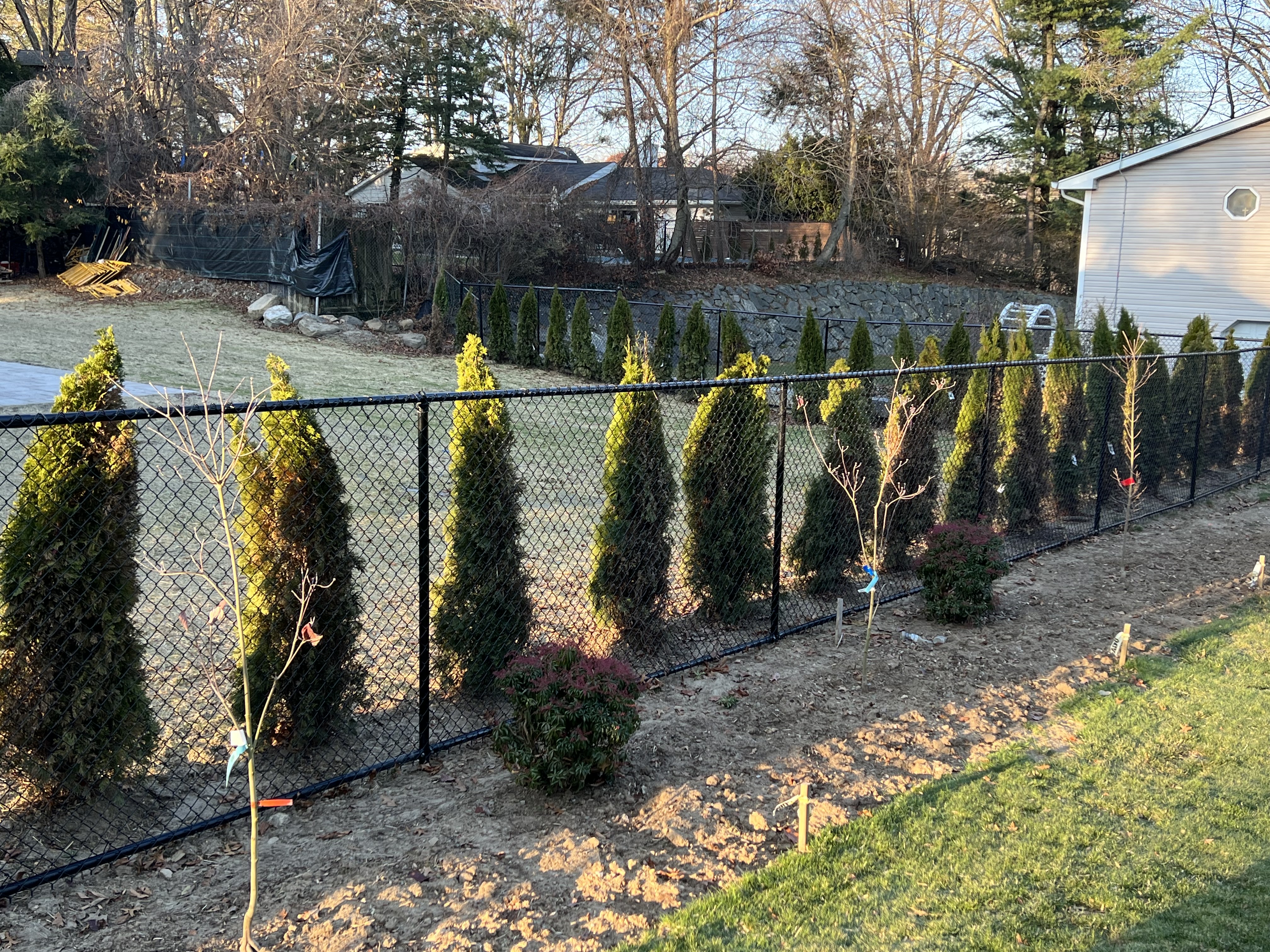
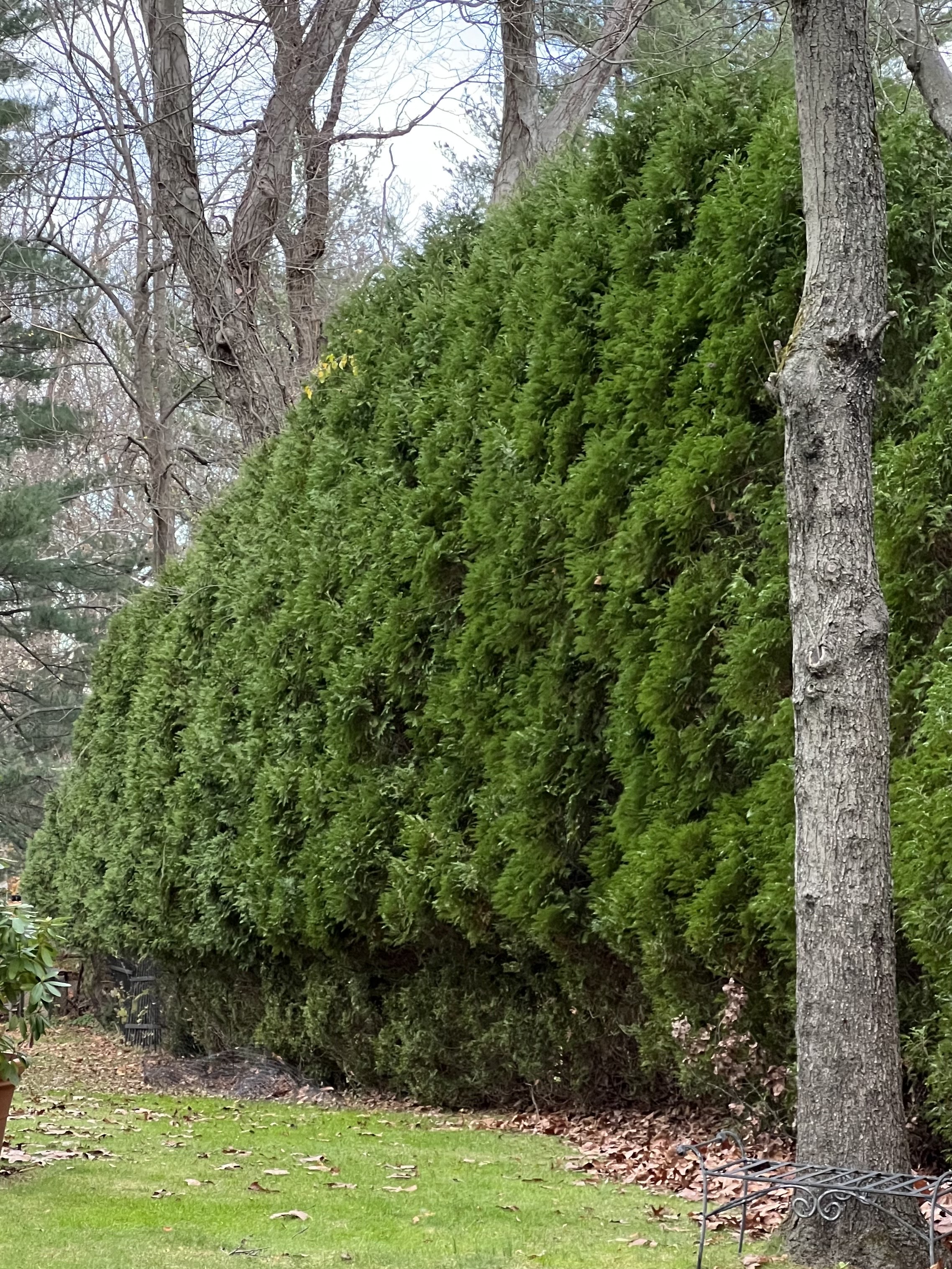
Without room to spread their branches or reach their natural height, Arborvitae is often topped and heavily pruned to form hedges. They handle this assignment very well, but Arborvitae can do so much more!
If you’ve only seen Arborvitae used as a hedge, it may surprise you to learn that in its natural habitat, it can grow 50 to 60 feet tall and live for hundreds of years! In fact, the largest known specimen is over 100 feet tall and more than 40 feet wide at the crown. The oldest living Arborvitae is thought to have germinated from seed in 952 A.D., and is now 1,071 years old! Based on ring counts on dead trees, there are verified specimens of Arborvitae that lived to be over 1,800 years old.
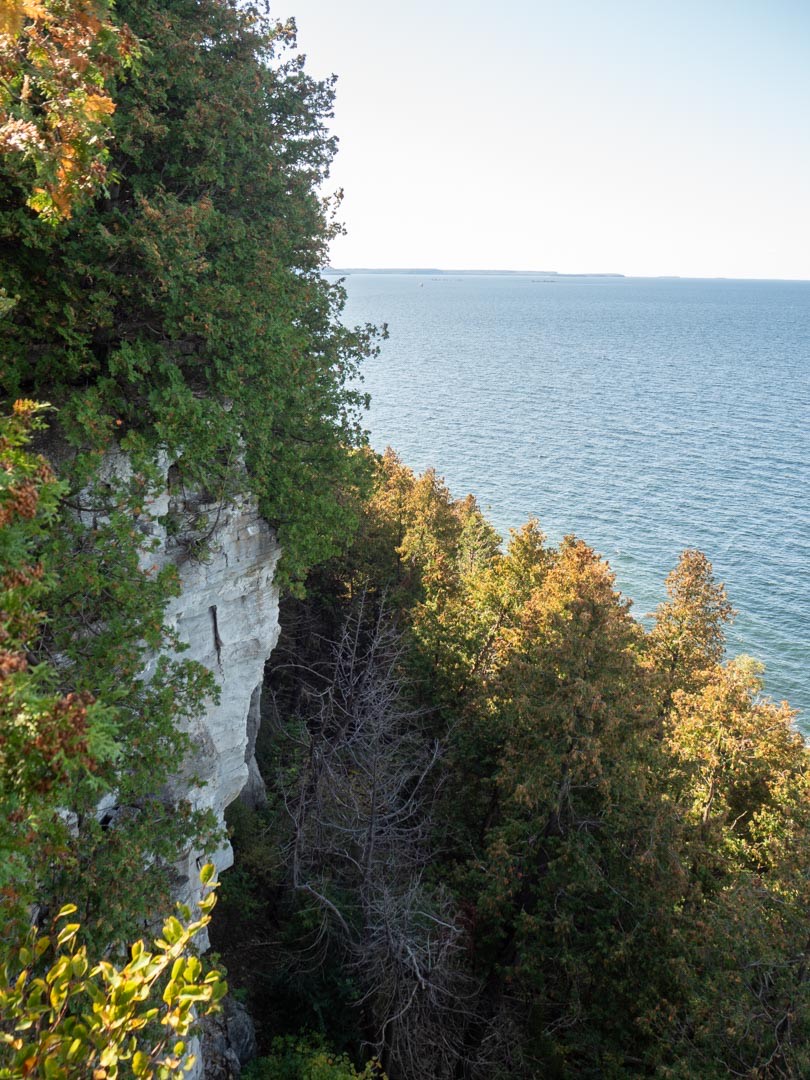
Northern Lake Michigan
Photo: C.J. Earle
Arborvitae is one of the common names for Thuja occidentalis and means “tree of life” in Latin. It was named by the French sea captain, Jacques Cartier, when he was exploring Canada in 1536. After months at sea, Cartier’s crew, including two young members of the Huron native tribe who had been sailing with them, were all suffering from scurvy. On the way up the St. Lawrence River, Cartier dropped the two young men at their home village. When he later returned, he was astonished to find the two Hurons fully recovered from all symptoms of scurvy while his French sailors were still suffering. He asked the Huron elders to teach him the cure, and they showed him how to make a medicine, a tea rich in Vitamin C, from the foliage of Thuja occidentalis. Cartier brought the life-saving plant back to France, making it the first North American tree introduced to Europe.
The native habitat of Thuja occidentalis is swamps, low woods, and forest edges from northern Canada south to New York and Connecticut and west to Michigan and Northern Indiana. It is an evergreen conifer, extremely cold hardy, and adapted to poor rocky soils all the way to the edge of the Canadian tundra. Sometimes called Northern White Cedar, Eastern White Cedar, or Swamp Cedar, Arborvitae is not a true cedar in the Cedrus family, none of which are native to North America. But the fragrance of its foliage and bark, and the usefulness of its wood, are similar.

North America and is adapted to extreme cold. This forest of
Arborvitae is at the brink of the Niagara Escarpment in Northern Wisconsin.
Photo: C.J. Earle
The foliage of Arborvitae is flat and scale-like and has a spicy fragrance when crushed. Native peoples used it not only for medicine but also used the fragrant foliage as insect-repellant bedding. They stripped the tree’s shredding bark to make rope and twine, and they found many uses for the rot-resistant wood, including canoe frames and roofing shingles.
Thuja occidentalis has significant value to wildlife. It is a favorite food of white-tailed deer, as suburban homeowners often discover to their dismay. Twigs and foliage of Arborvitae constitute as much as 10 to 25% of the winter diet of deer, who will browse it as high as they can reach. In northern forests, the tree also provides highly nutritious food for snowshoe hares, porcupines, red squirrels, and beavers. Many native birds find nesting sites in Arborvitae and insects to feed their young. The seeds are the preferred source of food for Pine Siskins, birds indigenous to the Northeastern US.
It is sadly ironic that one of the most-planted trees in suburbia is disappearing in the wild. Thuja occidentalis is listed as Threatened in Connecticut, Illinois, Kentucky, and Maryland and Endangered in Indiana, Massachusetts, and New Jersey. Development is the primary culprit as forests are cleared to make way for more suburban homes.
It is equally sad that the rows and rows of Arborvitae planted on suburban property lines are not nearly as valuable to wildlife as they should be. The most popular varieties of Arborvitae are cultivars or hybrids that offer little value to wildlife – other than deer. A cultivar called ‘Emerald Green’ Arborvitae was developed in the 1950s in Denmark, just in time for the rapid expansion of the US suburbs after WWII. It quickly became the ubiquitous hedge plant we see all around us. In a tight hedge, and with limited biological diversity due to clonal reproduction by nurseries, its value to insects and birds is limited.
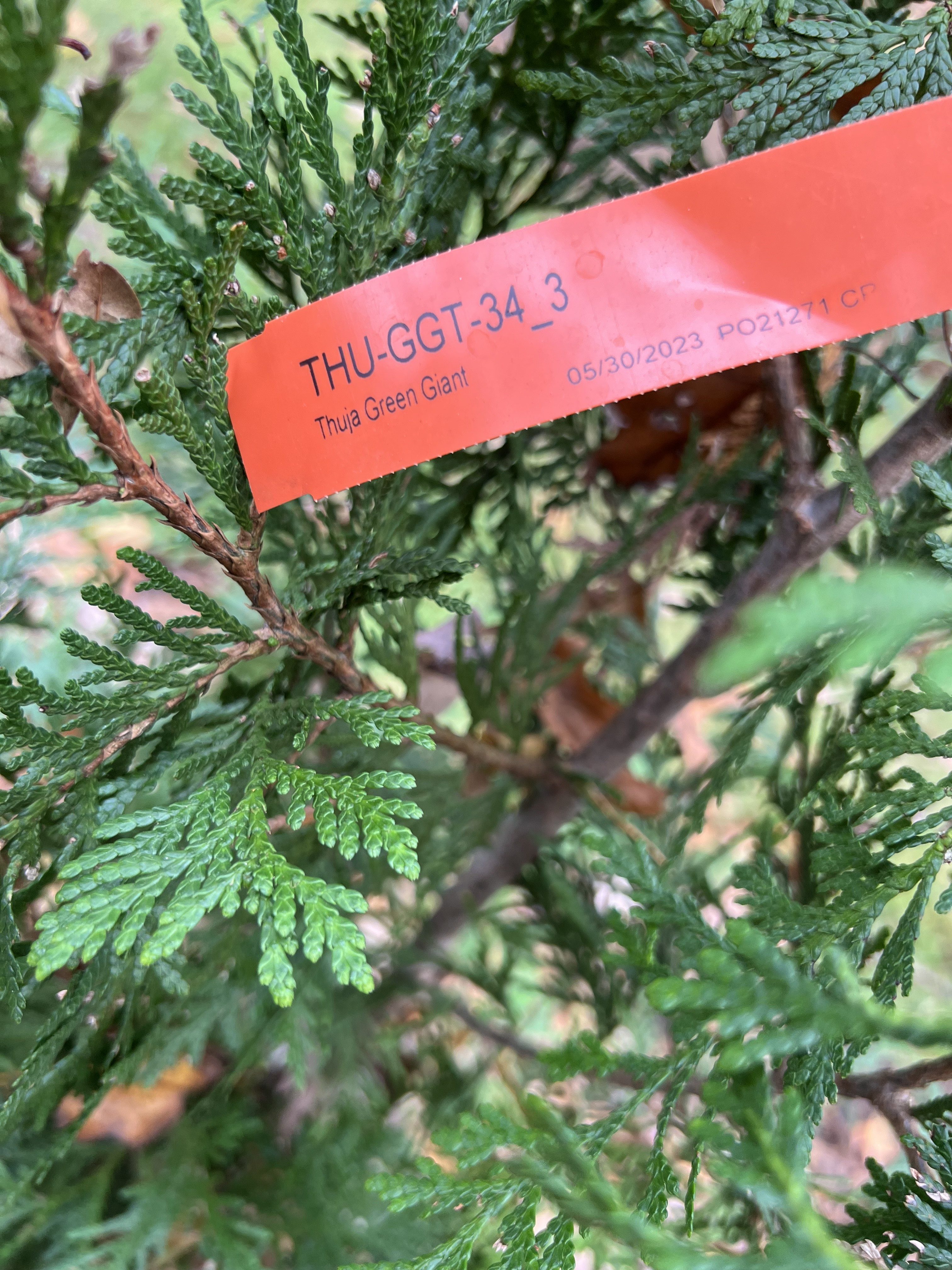
Another Arborvitae popular with builders is a hybrid called ‘Green Giant,’ which is a cross between a species indigenous to the Pacific Northwest and a Japanese species. As a hybrid between two non-natives, ‘Green Giant’ has very little value to insects or birds in this part of the country. If you can find the straight species of Thuja occidentalis (without a cultivar name), plant that. If not, ‘Emerald Green’ is a better choice than ‘Green Giant.’
Thuja occidentalis is an amazing tree. It deserves to be more than a fence! Given enough room to take its natural form, Arborvitae merits a starring role in suburban landscapes.
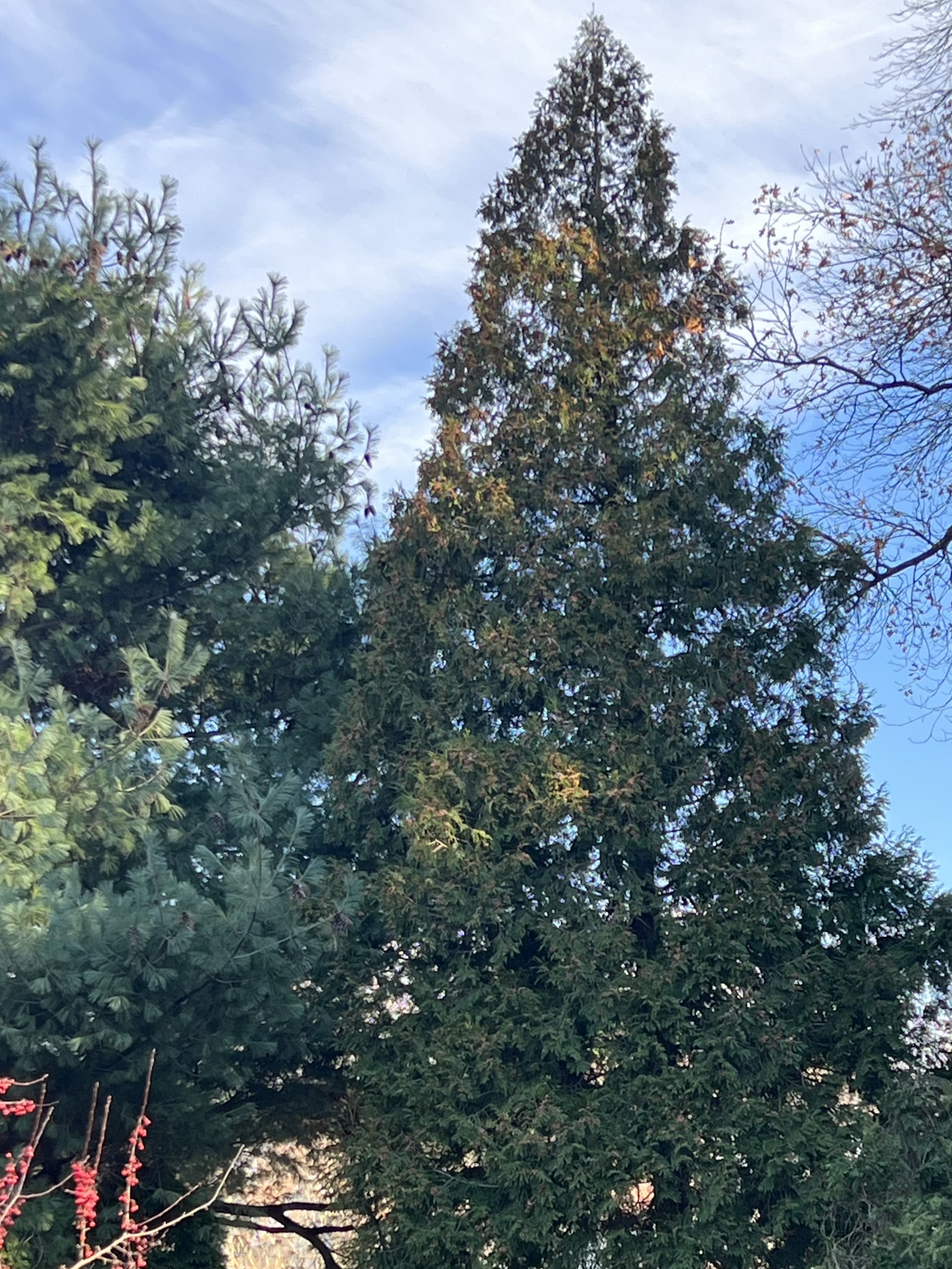
rightful place with Oaks, White Pines, and Junipers in
Northeastern landscapes
In our last blog post [Privacy Without “O-fence“], we urged homeowners to diversify their hedges and privacy screens by planting a mix of native trees and shrubs to increase habitat and biodiversity. Too much of any one plant becomes a mono-culture, limiting resources for wildlife. Unfortunately, that is what has happened to this magnificent native tree.
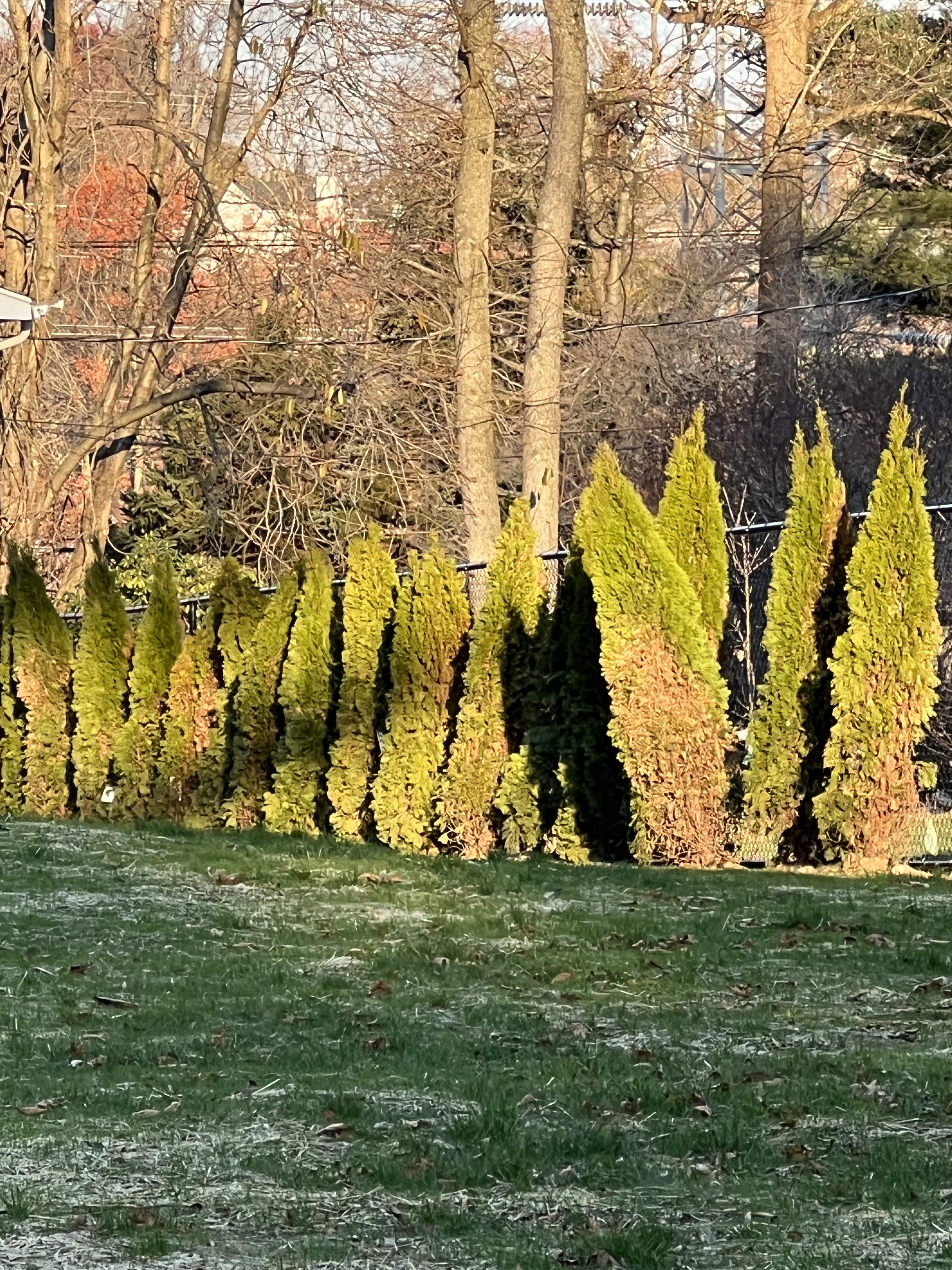
Think of Arborvitae as an easy-care, long-lived, medium-sized, native, hardy evergreen that will enhance your landscape as part of a diverse planting of trees, shrubs, and perennials. You won’t be sorry!
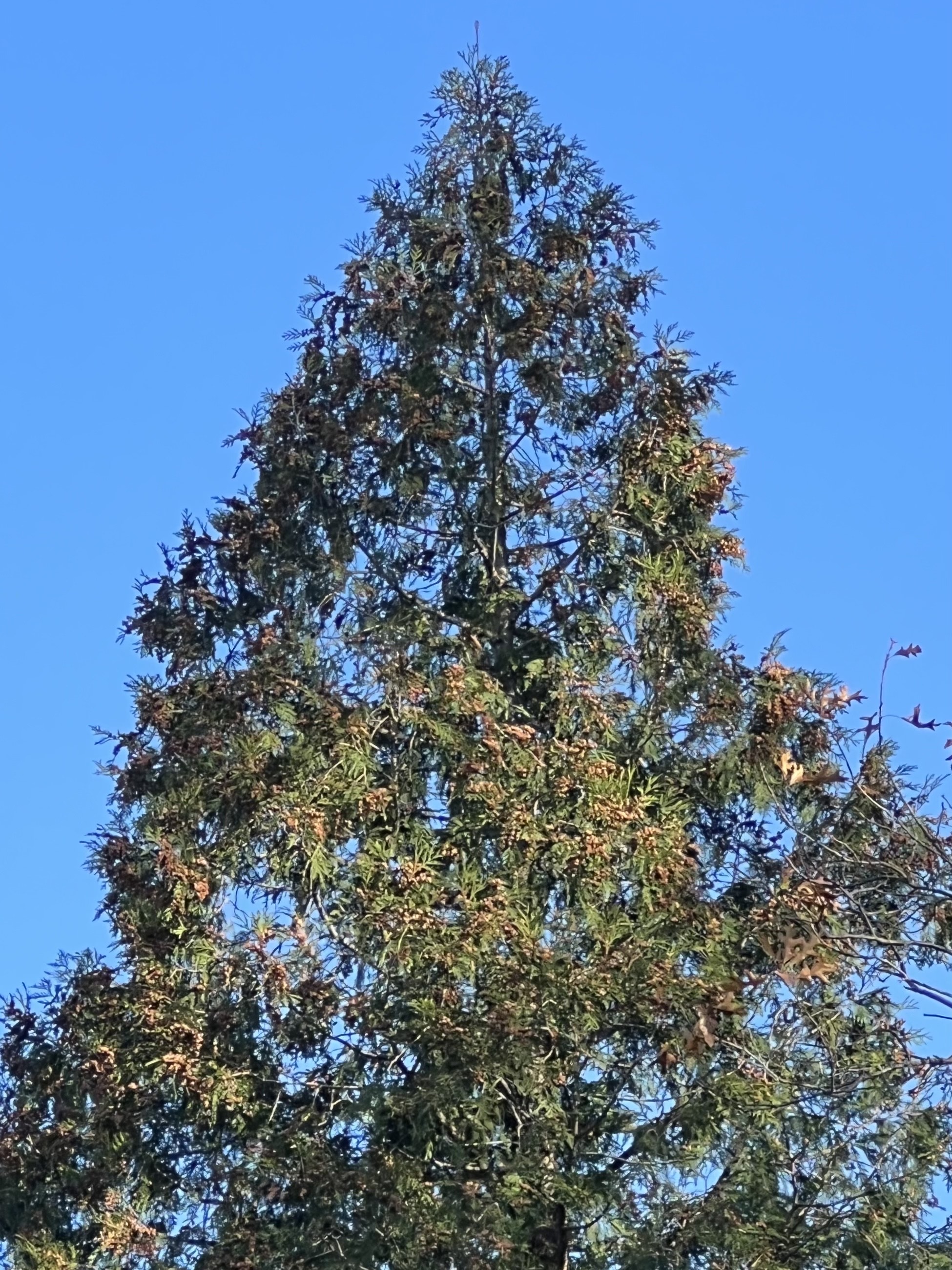
THIS BLOG IS AUTHORED WEEKLY BY CATHY LUDDEN, CONSERVATIONIST AND NATIVE PLANT EDUCATOR; AND BOARD MEMBER, GREENBURGH NATURE CENTER. FOLLOW CATHY ON INSTAGRAM FOR MORE PHOTOS AND GARDENING TIPS @CATHYLUDDEN.

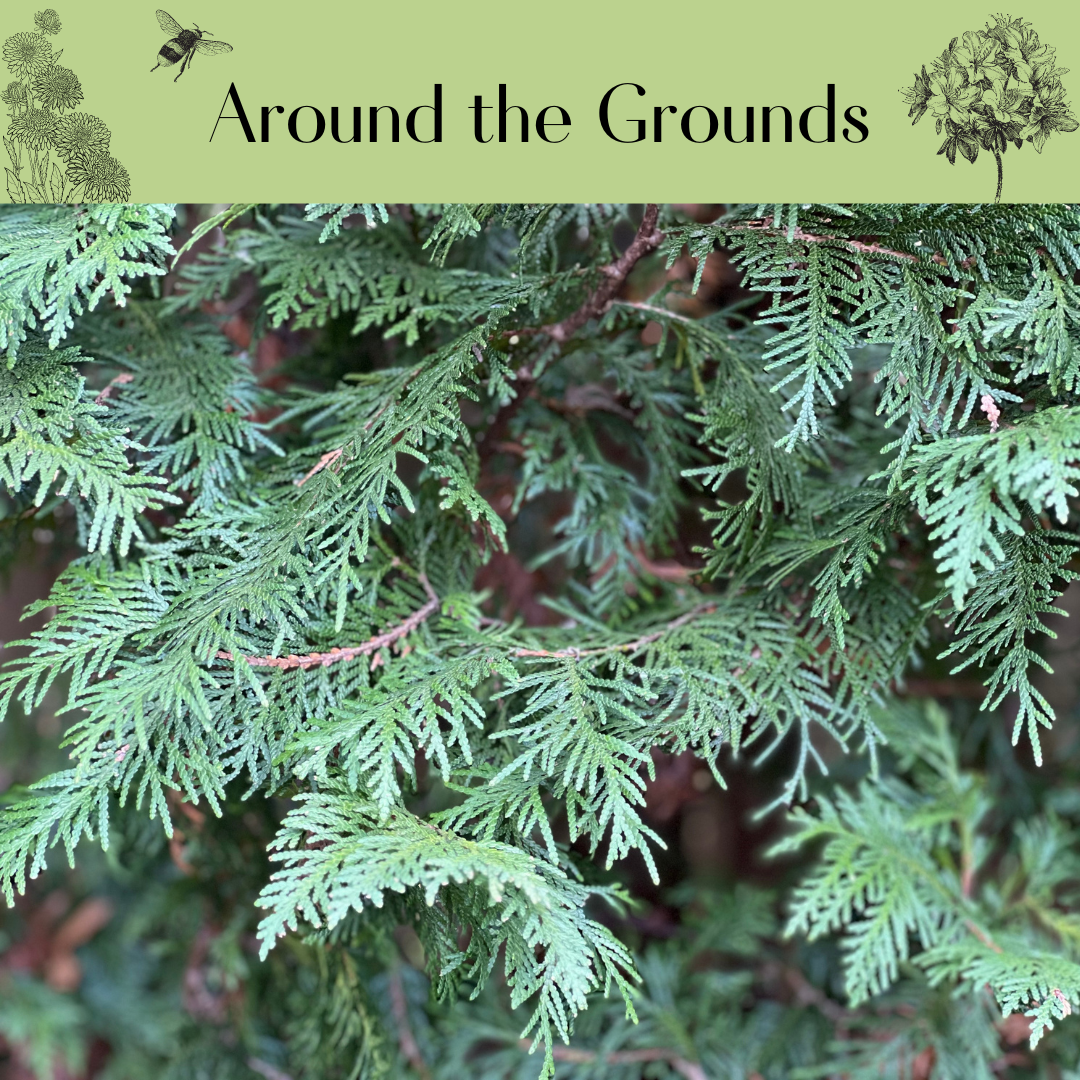
A totally fascinating article! Loved it! And the medicinal qualities in addition to its beauty and its capacity to offer food to so many different animals! Wow!
Excellent information on this truly unappreciated native tree!
Thanks Cathy for sharing
Cathy,
Never a post from which I do not learn something important.
Thank you!
And merry Christmas.
Denise
Thank you, Denise. And merry Christmas to you and yours!